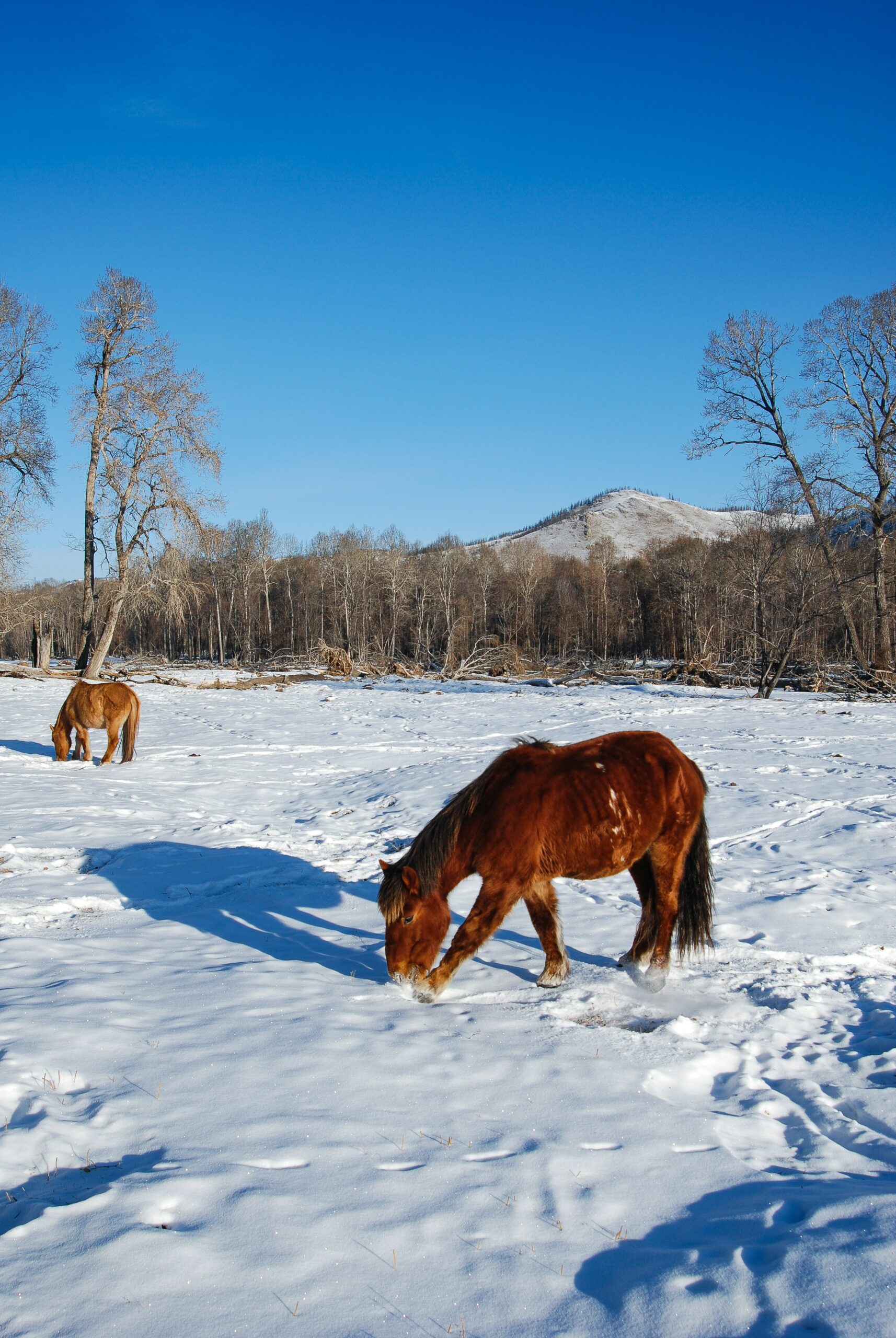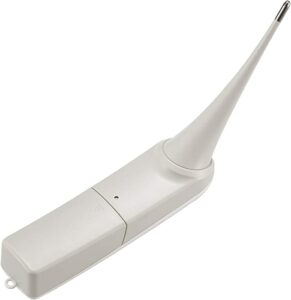Learning to recognize subtle differences in your horse’s behavior, can lead to early detection of an illness. Confirm your suspicions by taking his temperature.
Originally published in the Western Horse Review magazine.
BY JENN WEBSTER
What is a horse’s normal temperature and when is it time to be alarmed?
A horse’s age will cause normal temperature variations. Foals for example, have slightly higher body temperatures than mature animals – often 38.5 to 39˚C. Exercise will cause a slight elevation in body temperature, as will excitement or anything else that causes activity of the horse’s muscles. Extremely high and humid ambient temperatures and the time of day can also result in an increase. It’s possible to find your horse with a higher body temp in the evening, as compared to the morning. Plus, digestion (just after feeding) will bring about an increased temperature.
ABNORMAL TEMPERATURES:
• Pyrexia – The horse’s temperature is greater than 39˚C or 102˚F. Pyrexia is another word for fever. It can be the result of an inflammatory response in the body. Or a fever can result from an infection caused by the presence of bacteria. Or a horse’s body temperature can rise due to a combination of both.
• Hyperpyrexia – An excessively high temperature, greater than 41˚-43˚C or 103˚-105˚F. At this reading, the horse’s body temperature is so high it could be detrimental to its bodily functions.
• Subnormal – Below the normal range, a cooling down of the entire body, between 36˚-37˚C or 95.5˚-99˚F. Generally, this is a result of anemia, blood loss, hypothermia, advanced toxemia.
• Moribund – Excessively low temperature, less than 36˚C or 97.5˚F. Indicates an imminent approach of death.
SIGNS YOU SHOULD TAKE A TEMPERATURE READING
The following are warning signs that should alarm you to your horse’s health. If your animal is displaying any (or many) of the following, his temperature should be taken:
• The horse shows little or no interest in food
• Monitor temperature following a deep cut or injury until reading is normal
• The eyes are dull and/or the animal appears depressed
• Mucous membranes (gums) are pale
• Runny nose or a cough
• Diarrhea
• Weight loss in a short period of time
• Swelling of limbs or any other area of the body
• Profuse sweating (without exercise)
• Seeks isolation from other horses



